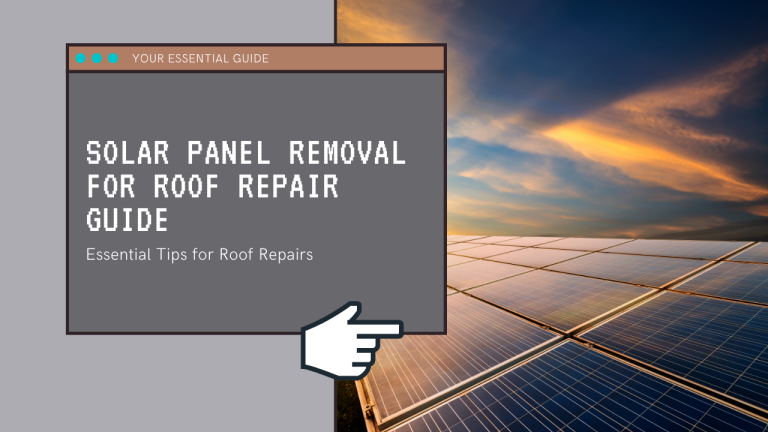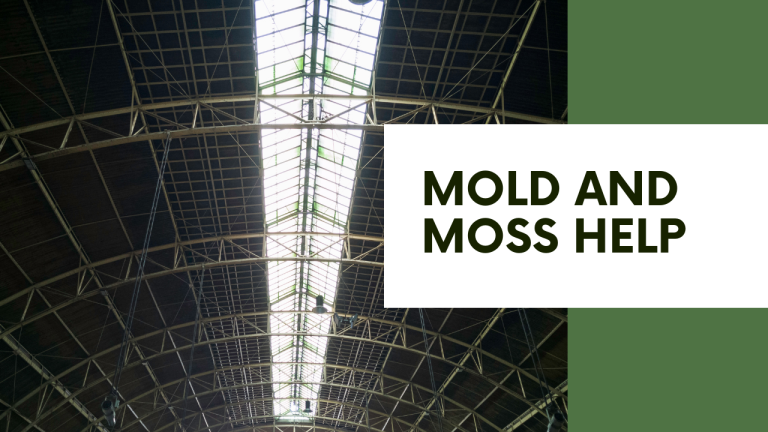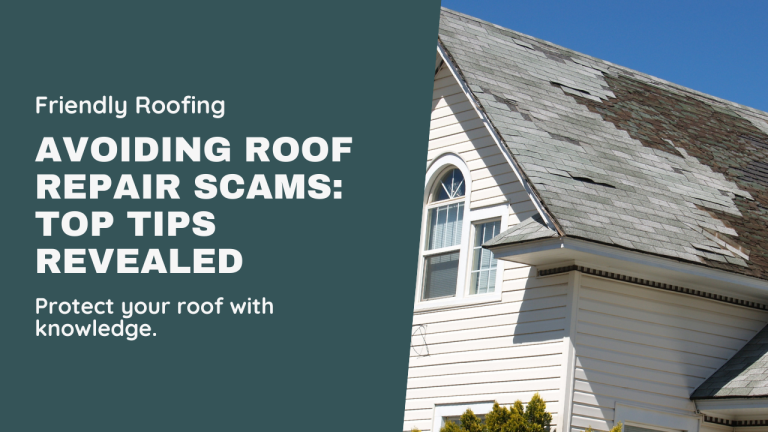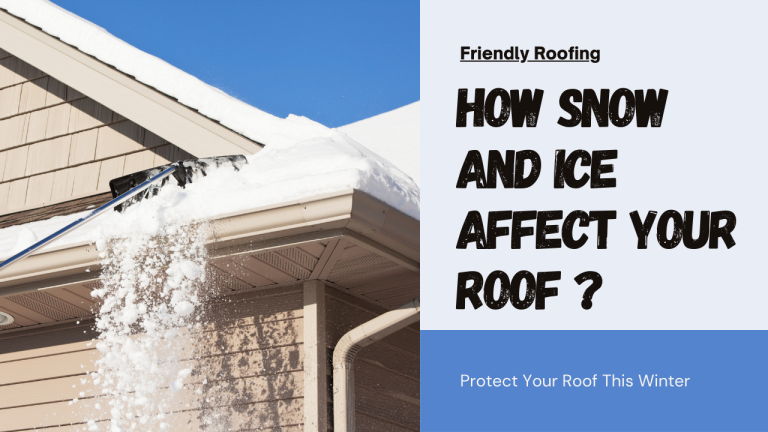A well-maintained roof is crucial for protecting a home from the elements. However, many homeowners may not realize that roof damage can have a significant impact on their energy bills. In this article, we will delve into the various ways in which roof damage can contribute to increased energy bills, from compromising insulation to causing air leaks that result in heightened heating and cooling expenses.
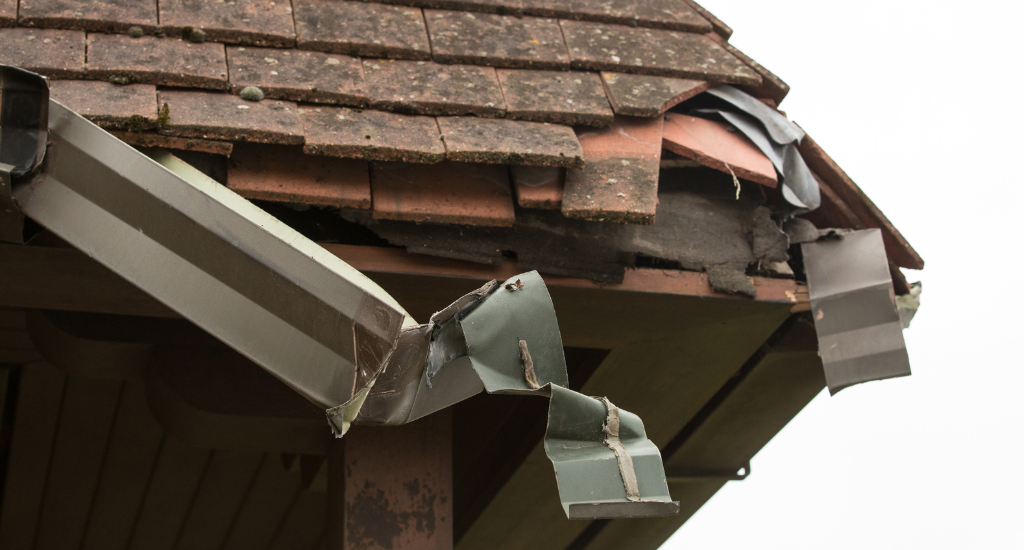
Roof Damage
Roof damage encompasses a range of issues, from missing shingles to water leaks and structural weaknesses. It can be caused by various factors, including severe weather conditions, aging, and neglecting routine maintenance. Signs of roof damage such as water stains on ceilings, missing or cracked shingles, and sagging rooflines should not be ignored, as they can indicate underlying problems that may affect energy efficiency.
Impact of Roof Damage on Energy Efficiency
A well-insulated and intact roof plays a crucial role in maintaining energy efficiency within a home. Roof damage compromises insulation and ventilation, allowing heat to escape during the winter and enter during the summer months. This can result in increased energy consumption as heating and cooling systems work harder to maintain comfortable indoor temperatures.
Increased Heating Costs Due to Roof Damage
One of the primary ways in which roof damage can raise energy bills is through increased heating costs. Heat loss through a damaged roof during colder months can significantly impact energy consumption. As warm air escapes through gaps or poorly insulated areas, heating systems must work overtime to compensate, leading to higher energy bills. Homeowners may notice a significant difference in their heating expenses if roof damage is left unaddressed.
Escalated Cooling Expenses Caused by Roof Damage
Similarly, roof damage can also contribute to escalated cooling expenses during warmer months. Inadequate insulation and ventilation allow heat to penetrate the home, forcing air conditioning systems to work harder to maintain a comfortable indoor temperature. This increased workload can result in higher energy consumption and elevated cooling costs for homeowners. Addressing roof damage promptly is essential to prevent unnecessary expenses associated with cooling a home.
Secondary Effects of Roof Damage on Energy Bills
In addition to direct impacts on heating and cooling costs, roof damage can also lead to secondary effects that further escalate energy bills. Water intrusion through a damaged roof can promote mold and mildew growth, which not only poses health risks but also requires additional energy to combat moisture-related issues. Furthermore, the need for roof repair and renovations to address structural damage can incur significant expenses and contribute to higher energy consumption over time.
Long-Term Financial Consequences of Neglecting Roof Maintenance
Neglecting roof maintenance can have long-term financial consequences for homeowners. The cumulative effect of higher energy bills resulting from roof damage can add up over time, significantly impacting household budgets.
Moreover, delaying necessary roof repairs can lead to more extensive damage, requiring costly renovations and further exacerbating energy inefficiency. Investing in proactive roof maintenance is essential for mitigating these long-term financial risks.
Strategies to Mitigate Energy Costs Caused by Roof Damage
Fortunately, there are several strategies that homeowners can employ to mitigate energy costs caused by roof damage. Regular roof inspections and maintenance routines can help identify and address issues before they escalate, preserving energy efficiency and preventing unnecessary expenses.
Investing in high-quality roofing materials and insulation can also contribute to long-term energy savings by improving thermal performance and reducing heat transfer. Additionally, utilizing energy-efficient roofing solutions and technologies, such as reflective coatings or solar panels, can further enhance energy efficiency and reduce reliance on traditional heating and cooling systems.
Case Studies or Expert Interviews
To provide real-world insights into the relationship between roof damage and energy bills, we spoke with our roofing professionals and homeowners who have experienced these challenges firsthand.
According to our seasoned and licensed roofing professionals,
“Many homeowners underestimate the impact of roof damage on their energy bills. By the time they notice a significant increase in heating or cooling costs, the damage has often become extensive, resulting in costly roof repairs.”
Similarly, homeowner Sarah Johnson shared her experience, stating,
“After ignoring a small leak in my roof for months, I was shocked to see how much my energy bills had increased. Addressing the issue promptly not only saved me money in the long run but also improved the comfort and energy efficiency of my home.”
Preserve Energy Efficiency Through Proactive Roof Maintenance
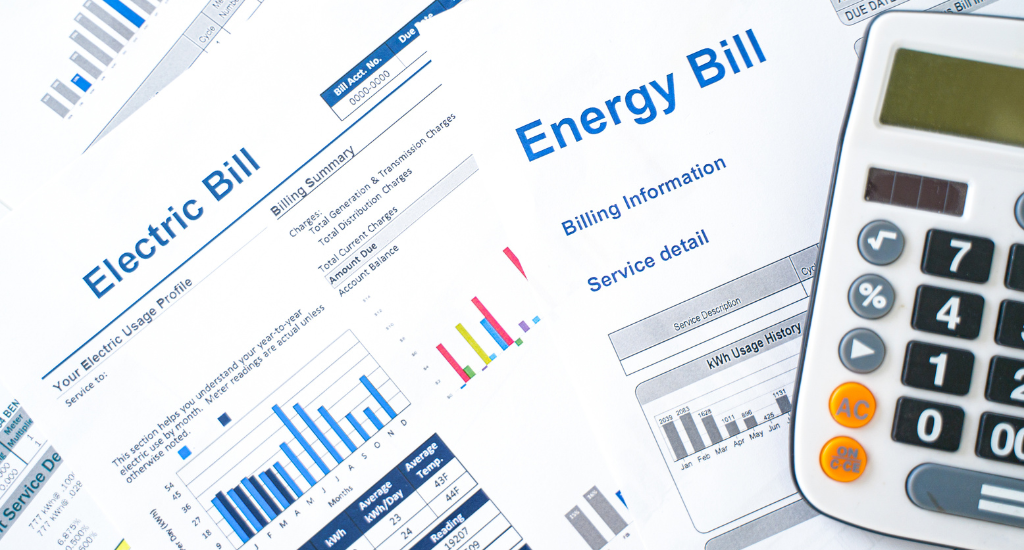
In conclusion, roof damage can have a substantial impact on energy bills, leading to increased heating and cooling costs and potential long-term financial consequences for homeowners. By understanding the relationship between roof damage and energy efficiency and implementing proactive maintenance strategies, homeowners can mitigate these effects and preserve energy savings. Investing in regular roof inspections, high-quality materials, and energy-efficient solutions is essential for protecting both the integrity of the roof and the household budget. As the saying goes, “An ounce of prevention is worth a pound of cure”—addressing roof damage promptly is key to avoiding unnecessary expenses and maintaining a comfortable, energy-efficient home.

